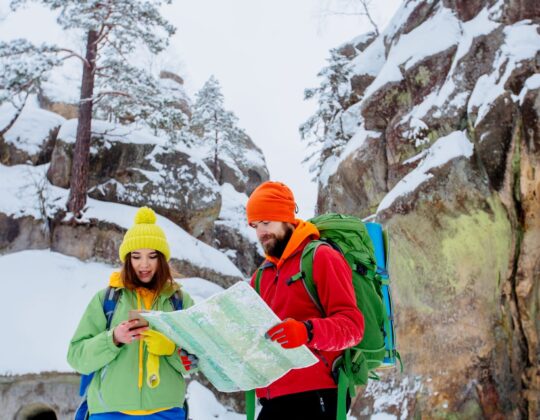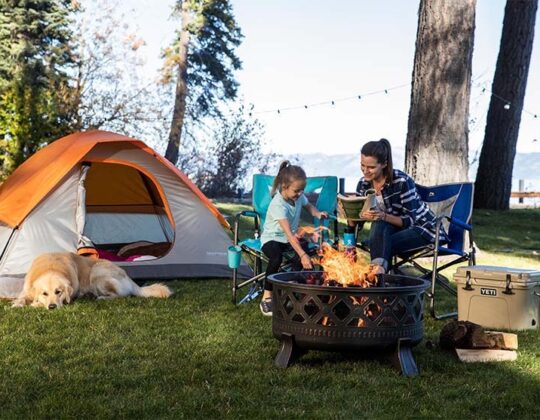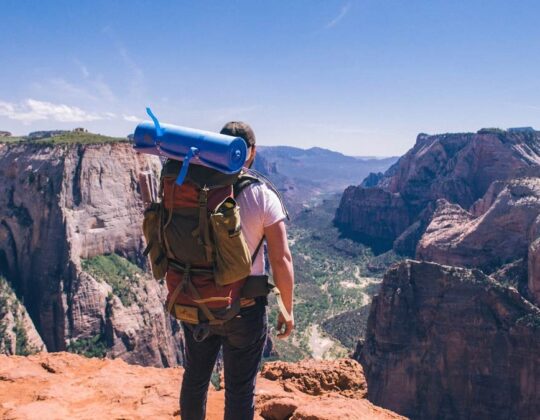Embarking on a solo hike offers a unique and rewarding outdoor experience, allowing individuals to connect with nature on a personal level. While the solitude and self-discovery can be invigorating, safety should always be a top priority when venturing into the wilderness alone. This article aims to guide solo hikers through essential safety measures to ensure a secure and enjoyable solo hiking experience.
1. Thorough Planning:
- Research the Trail:
- Trail Difficulty: Understand the difficulty level and terrain of the chosen trail.
- Current Conditions: Check recent trail reports and weather conditions.
- Inform Others:
- Itinerary: Share your hiking itinerary with a trusted friend or family member.
- Check-In Points: Establish specific check-in points and times to notify someone of your location.
- Emergency Contacts:
- Carry Emergency Contacts: Have a list of emergency contacts, including local authorities and park services.
- In-Case-of-Emergency (ICE): Save key contacts as ICE in your phone for easy access.
2. Proper Gear and Equipment:
- Navigation Tools:
- Map and Compass: Carry a detailed map and compass for navigation.
- GPS Device: Consider using a GPS device or smartphone app with offline maps.
- Communication Devices:
- Fully Charged Phone: Ensure your phone is fully charged and consider bringing a portable charger.
- Emergency Beacon: In remote areas, carry an emergency beacon for quick distress signal transmission.
- Weather-Appropriate Clothing:
- Layered Clothing: Dress in layers to adapt to changing weather conditions.
- Rain Gear: Pack waterproof clothing in case of unexpected rain.
- Proper Footwear:
- Sturdy Hiking Boots: Wear comfortable and supportive hiking boots suitable for the terrain.
- Extra Socks: Pack an extra pair of socks to keep feet dry and prevent blisters.
3. Self-Defense and Safety Tools:
- Bear Spray or Deterrent:
- Bear Country Precautions: In bear-prone areas, carry bear spray and know how to use it.
- Other Wildlife: Be aware of potential wildlife encounters and carry appropriate deterrents.
- Emergency Whistle:
- Audible Signal: Carry a loud emergency whistle for signaling in case of distress.
- Communication: Use specific whistle patterns to communicate with others if necessary.
- Basic First Aid Kit:
- Personalized Contents: Customize your first aid kit based on personal needs and potential hazards.
- Basic Medical Training: Familiarize yourself with basic first aid procedures and CPR.
4. Safety Protocols and Awareness:
- Leave No Trace:
- Pack Out Waste: Follow Leave No Trace principles and pack out all waste.
- Minimize Impact: Stay on designated trails to minimize environmental impact.
- Wildlife Awareness:
- Research Local Wildlife: Know the wildlife indigenous to the area and their behaviors.
- Keep a Safe Distance: Maintain a safe distance from wildlife and avoid feeding them.
- Stay Hydrated and Well-Nourished:
- Water Supply: Carry sufficient water for the duration of the hike.
- Nutritious Snacks: Bring energy-rich snacks to maintain stamina.
- Time Management:
- Daylight Hours: Plan hikes within daylight hours to avoid navigating in the dark.
- Turn Back If Necessary: Be willing to turn back if unexpected challenges arise.
5. Personal Safety Habits:
- Trail Etiquette:
- Yield to Others: Follow trail etiquette and yield to other hikers.
- Notify of Presence: Use verbal cues or a bell to notify others of your presence.
- Trail Markings:
- Follow Trail Markings: Stay on marked trails and pay attention to trail signs.
- Navigation Skills: Develop basic navigation skills to stay oriented on the trail.
- Know Your Limits:
- Physical Fitness: Assess your physical fitness and choose trails accordingly.
- Listen to Your Body: Pay attention to signs of fatigue, dehydration, or discomfort.
- Mindfulness and Focus:
- Stay Present: Be mindful of your surroundings and avoid distractions.
- Prioritize Safety: Focus on safety and make decisions that prioritize your well-being.
Conclusion:
Solo hiking offers a unique and introspective connection with nature, but it comes with the responsibility of ensuring your own safety. By diligently planning, equipping yourself with the right gear, and adhering to safety protocols, you can navigate the trail confidently and enjoy the solitude that solo hiking provides. Remember that preparation is key, and a balance of self-sufficiency and awareness will contribute to a secure and fulfilling solo hiking experience. So, lace up your hiking boots, embark on the trail, and revel in the wonders of the outdoors with the confidence that you are well-prepared for the journey ahead.











